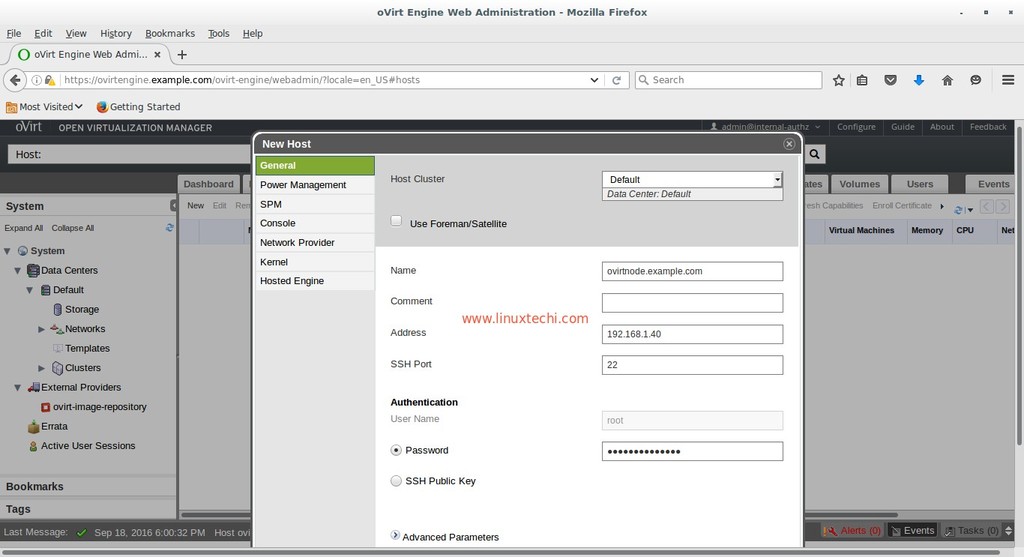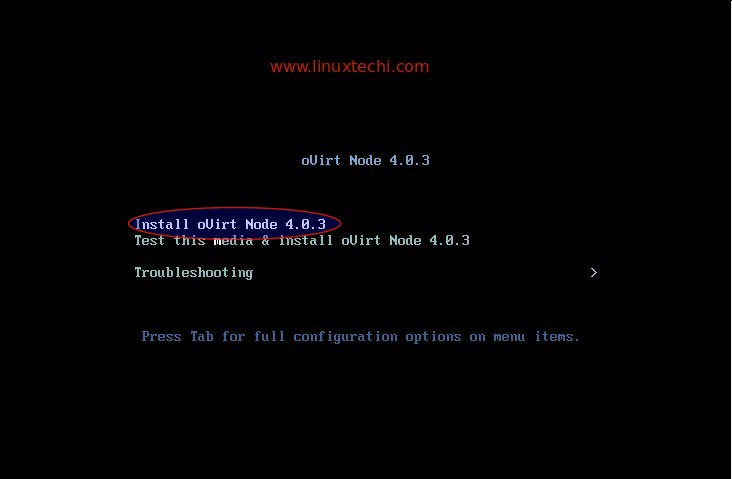- Ovirt Laptops & Desktops Driver Download For Windows Xp
- Ovirt Laptops & Desktops Driver Download For Windows 8.1
- Ovirt Laptops & Desktops Driver Download For Windows 7
## Preface ##
OVirt is a complete virtualization management system that's based on Red Hat's Enterprise Virtualization solution. With this web-based tool you can manage the compute, storage, and networking. Thus, there is a transfer of block data via IP. By using the IP networks, data transfer can take place over long distances and through network equipment such as routers and switches. These features make the iSCSI technology good for construction of low-cost SAN. OVirt supports iSCSI and iSCSI storages that can be connected to oVirt data centers. The best laptop overall, in our opinion, is the MacBook Air (M1, 2020). Apple's refreshed thin and light laptop is an absolutely brilliant device that combines a gorgeous design with amazing. Please ensure that ovirt-ha-agent is running and the storage server is reachable there is an issue with the ovirt-ha-agent service, or with the storage, or both. Check the status of ovirt-ha-agent on the host.
In this project, I am attempting to install the self-hosted version of oVirt on a laptop with a small 40GB CentOS 7 partition. As this does not meet the minimum space requirements for the oVirt Engine Virtual Appliance, I recruited a 128 GB external SSD to be the home for the NFS shares. The laptop also has 16 GB of RAM and an i7 CPU.
## Pre-Reqs ##
- Freshly installed Enterprise Linux 7 system with the ovirt-hosted-engine-setup package installed.
- Prepared storage for your self-hosted engine environment (see below)
- You must have a fully qualified domain name prepared for your Engine and the host. Forward and reverse lookup records must both be set in the DNS.
- You must have prepared the oVirt Engine Virtual Appliance for the Engine installation. Obtain the oVirt Engine Virtual Appliance by installing the ovirt-engine-appliance package. Other methods of installing the Engine virtual machine operating system are not supported.
- To use the oVirt Engine Virtual Appliance for the Engine installation, one directory must be at least 60 GB. The hosted-engine script first checks if /var/tmp has enough space to extract the appliance files. If not, you can specify a different directory or mount external storage. The VDSM user and KVM group must have read, write, and execute permissions on the directory.

##
Install oVirt Repo
Install the self-hosted engine packages
Install the oVirt Engine Virtual Appliance package for the Engine virtual machine
## Confgure oVirt Engine Virtual Appliance Storage ##
Find name of external device
Mount external drive (/dev/sdb1) to /mnt
## Configure locally resolvable FQDN ##
Edit /etc/hosts and add the following
Ensure hostname is resolvable
Sample Output
Note: may need to change the IP again if working from another network
Edit the network interface and add the following to disable Network Manager and configure a static IP
Restart the network Download sensible vision cameras.
Note: after restating, you may need to enable the network adapter again (ifup enp0s25) if it is not displayed with ifconfig
## Preparing and Adding NFS Storage ##

Install nfs-utils, the package that provides NFS tools:
Configure the boot scripts to make shares available every time the system boots:
Start the rpcbind service and the nfs service:
Create the data directory and the export directory:
Add the newly created directories to the /etc/exports file. Add the following to /etc/exports:
Export the storage domains:
Reload the NFS service:
Create the group kvm:
Create the user vdsm in the group kvm:
Set the ownership of your exported directories to 36:36, which gives vdsm:kvm ownership. This makes it possible for the Engine to store data in the storage domains represented by these exported directories:
Change the mode of the directories so that read and write access is granted to the owner, and so that read and execute access is granted to the group and other users:
## Configuring an EL-based Self-Hosted Engine ##
Install screen, to avoid losing the session in case of network or terminal disruption, and start the hosted-engine configuration.
Use mostly the default answers within the wizard, aside from the following:

## Generating an SSH Key ##
Create SSH key pair
After the key is created, simply open the id_rsa.pub and copy/paste the contents.
## Issues ##
Issue 1 – Incorrectly configured NIC
I was having many issues because my NIC was not properly configured. The only NIC that oVirt wanted to use with its bridge was enp0s25, however it had no IP address. So the oVirt config was failing at different parts of the wizard. The first error I experienced was:
What ended up helping was assigned a static IP to enp0s25 and changing the IP addresses in the /etc/hosts files to reflect enp0s25’s IP.
Issue 2 – Incorrectly configured NIC (again)
Originally my configuration was as follows
ifcfg-enp0s25:
/etc/hosts:

Ovirt Laptops & Desktops Driver Download For Windows Xp
I ran into problems with the following in the hosted-deploy config script:
To resolve this, I simply needed to reflect the IP’s I was using to coincide with the default gateway:
ifcfg-enp0s25
Note: using 10.114.12.20 prevented my ability to ping the default gateway (10.114.12.1), so I changed the 3rd octet to 13 and changed the netmask from 255.255.255.0 to 255.255.0.0
/etc/hosts
Issue 3 – Unable to restart network
There were times that I wanted to restart the network, but the operation was failing. Download qrs diagnostic usb devices driver download. Mainly due to the following error:
The fix was simply to kill the process, then try again.
Issue 4 – Restarting a failed deployment

On multiple occasions I was very close to completing my installation, however something failed, but a VM was still created. Looking into the log file generated for that session, you can something like:
You can destroy the VM by performing the following
You will also probably have to remove any files that were created in your nfs share.
Ovirt Laptops & Desktops Driver Download For Windows 8.1
Issue 5 – No wireless internet access
Not so much an oVirt issue, but I am relying on internet access on this machine, so figured it was worth to document. Schrack seconet usb devices driver.
After connecting to a different wireless network over the weekend than what I’m normally working on, I was not able to access the internet.
I removed the network interface configuration file for the network, removed ifcfg-ovirtmgmt and restored ifcfg-enp0s25 to it’s original configuration. I also disabled network manager from managing the wireless adapter (NM_CONTROLLED=no), restarted the network service and was back up and running.
Note 1 – Recovering from failed oVirt Install
Ovirt Laptops & Desktops Driver Download For Windows 7
| #!/bin/bash |
| echo'stopping services' |
| service vdsmd stop 2>/dev/null |
| service supervdsmd stop 2>/dev/null |
| initctl stop libvirtd 2>/dev/null |
| echo'removing packages' |
| yum remove *ovirt**vdsm**libvirt* |
| rm -fR /etc/*ovirt* /etc/*vdsm* /etc/*libvirt* /etc/pki/vdsm |
| FILES=' /etc/init/libvirtd.conf' |
| FILES+=' /etc/libvirt/nwfilter/vdsm-no-mac-spoofing.xml' |
| FILES+=' /etc/ovirt-hosted-engine/answers.conf' |
| FILES+=' etc/vdsm/vdsm.conf' |
| FILES+=' etc/pki/vdsm/*/*.pem' |
| FILES+=' etc/pki/CA/cacert.pem' |
| FILES+=' etc/pki/libvirt/*.pem' |
| FILES+=' etc/pki/libvirt/private/*.pem' |
| forfin$FILES |
| do |
| [ !-e$f ] &&echo'? $f already missing'&&continue |
| echo'– removing $f' |
| rm -f $f&&continue |
| echo'! error removing $f' |
| exit 1 |
| done |
| DIRS='/etc/ovirt-hosted-engine /var/lib/libvirt/ /var/lib/vdsm/ /var/lib/ovirt-hosted-engine-* /var/log/ovirt-hosted-engine-setup/ /var/cache/libvirt/' |
| fordin$DIRS |
| do |
| [ !-d$f ] &&echo'? $d already missing'&&continue |
| echo'– removing $d' |
| rm -fR $d&&continue |
| echo'! error removing $d' |
| exit 1 |
| done |
